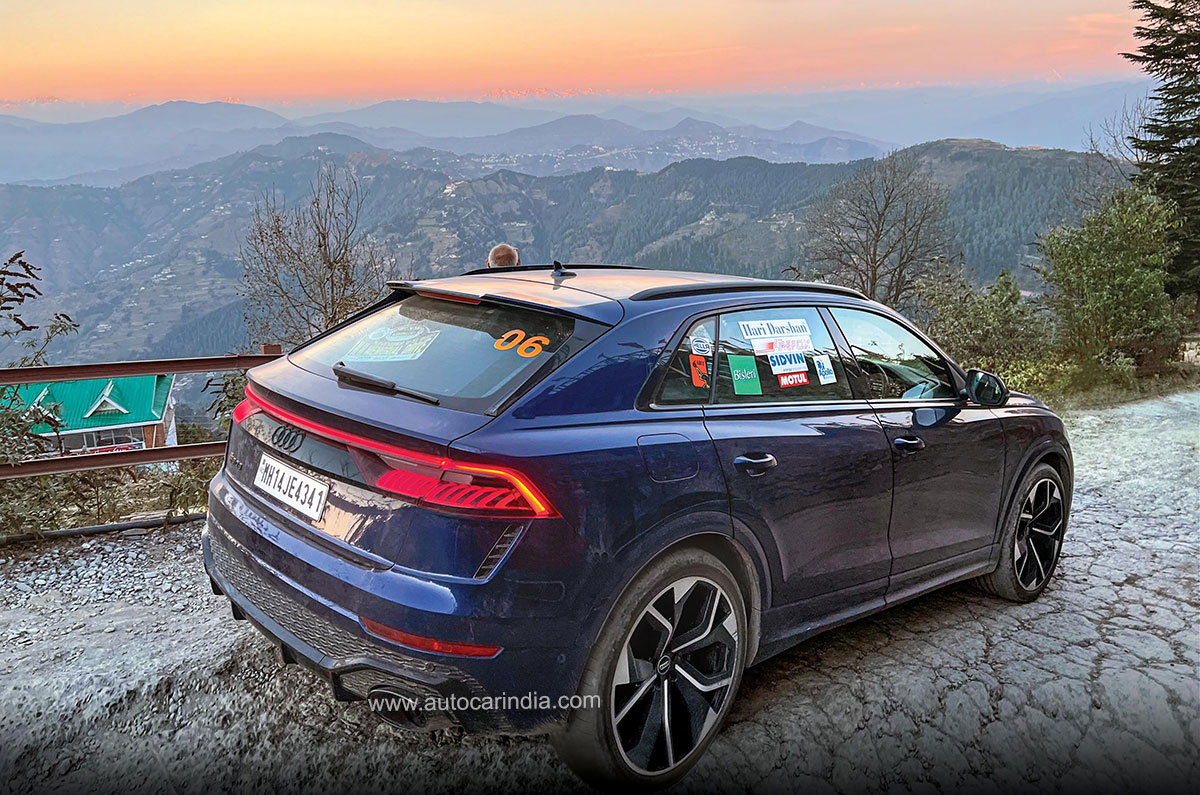
For rally drivers and motorsports enthusiasts of my generation, the Nazir Hoosein Memorial Drive was one massive reunion, a chance to meet old friends and relive the iconic Himalayan Rally, four decades on. More than celebrating a belated 40th birthday (postponed by a year due to COVID-19), this drive, as the title suggests, pays homage to the late Nazir Hoosein, the founder and driving force of the Himalayan Rally. The Himalayan Rally was the epicentre of Indian motorsport when it ran from 1980 to 1990, and during this decade, it touched the lives of all those immersed in motorsport at the time.
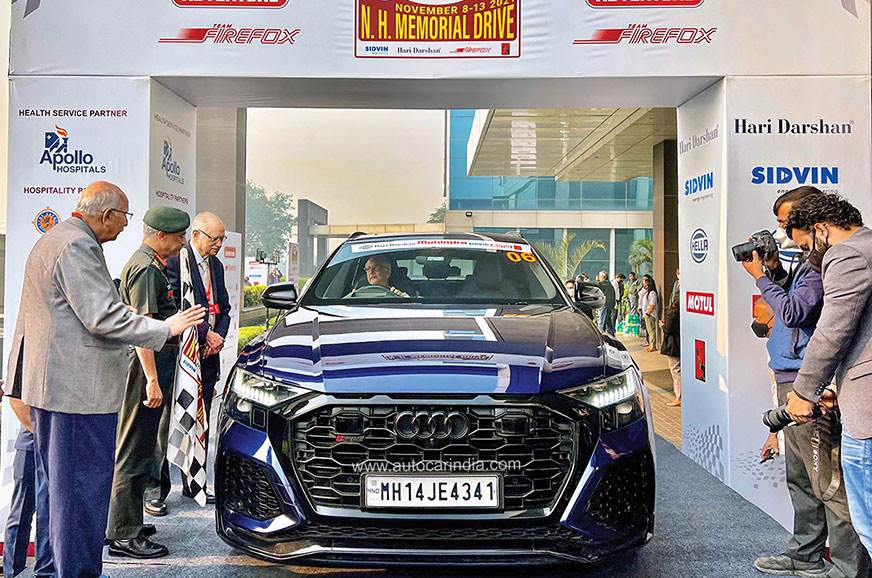
I was in my 20s back then and was involved in the Himalayan, first as a photographer (1985), then as a participant (1986) and an organiser (from 1985-1990), and, of course, as a journalist, right till the last event.
It’s been 31 years since the last Himalayan, but memories of this mother of all rallies, which consumed all of us involved for the better part of a month each year, are still fresh. Hence, the Nazir Hoosein Memorial Drive retracing the original rally route was five déjà vu-filled days.
Back then, Maruti was just born and the vehicle of choice on this tough mountainous terrain was the indomitable Gypsy. Never in my wildest dreams did I think I would be driving the same route in an Audi RS Q8!
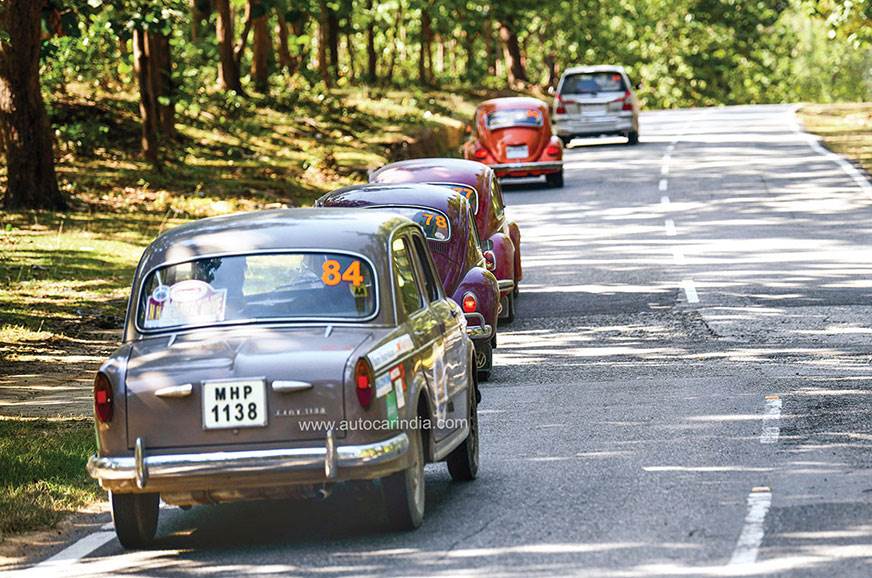
The response to this 2,200km drive was overwhelming, with 90 cars being flagged off. Most were SUVs, but you had some brave participants bringing old Fiats and Beetles to go back in time for a more authentic experience. A chunk of the entries had nothing to do with Himalayan, but just saw this event as a chance to be part of a historic drive celebrating a historic event.
The Himalayan Rally was traditionally flagged off from a jam-packed Jawaharlal Stadium in Delhi, but in the interest of an easy exit from the capital, which has grown exponentially (especially the traffic) since the days of the Himalayan, starting from Greater Noida was a more practical option. We cut across the plains via Meerut and Najibabad and picked up the original route at the foothills below Lansdowne. This army cantonment town, home of the Garhwal Rifles, was an intrinsic part of the Himalayan route and this regiment played a key role in assisting the Himalayan Rally organisers with logistic support. Driving through the clean and orderly cantonment, I am reminded of how deeply involved the Army was with the Himalayan, both as organisers and as participants. In fact, Colonel Sukhi Sekhon, a multiple time class winner on the Himalayan, was one of the star entries at the memorial drive.
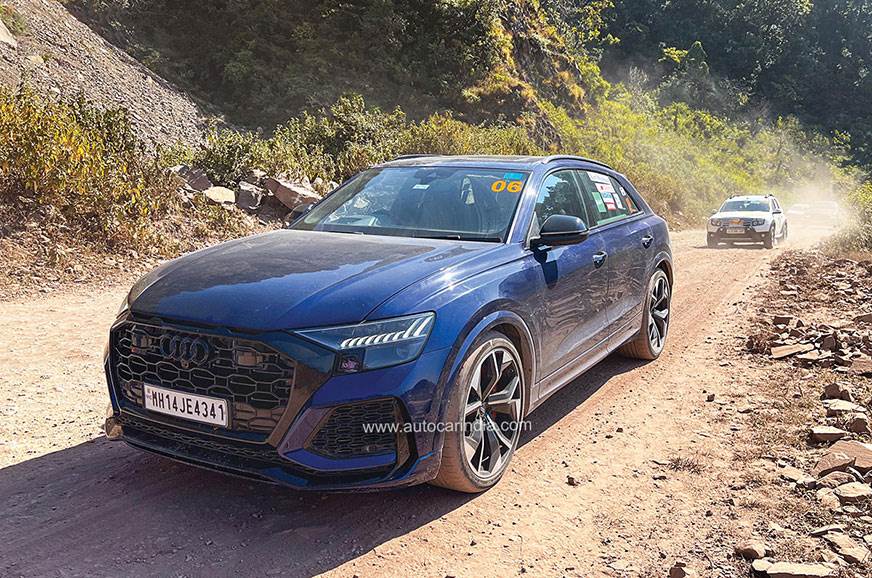
After six hours of slogging it out on a featureless, dusty road in the plains and threading through congested towns, the last 40km up to Lansdowne made up for everything. The narrow, twisty mountain road devoid of traffic was just what the doctor ordered after a long, stressful day. We were now properly in rally country. And that’s how it would be for the next few days.
Having something like the RS Q8 was both exhilarating and stressful. This potent SUV is essentially a sportscar on stilts and on these sinuous mountain tracks, it felt phenomenally quick and agile. In the hands of a pro, I am sure the 600hp RS Q8 with its Quattro system would be quicker than the legendary rally.
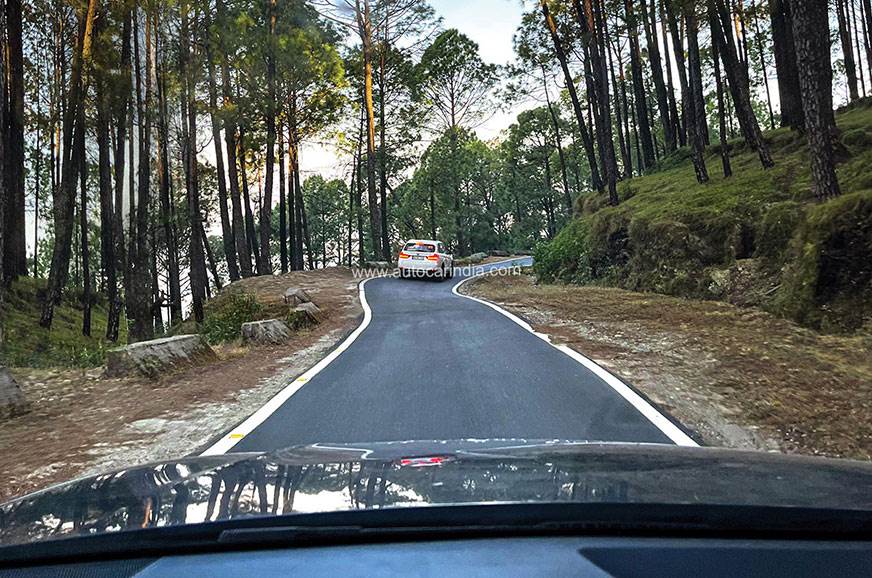
Audi Quattros that entered the Himalayan. Such is progress. However, on these tight roads, I am reminded of how wide the RS Q8 is every time I have to overtake or make way for oncoming traffic. The trickiest bit was dropping those rubber band profile 295/35 R23 tyres off the jagged shoulders and watching out for stones. With no spare tyre, the last thing I wanted was a flat, which would have left me stranded far away from any help!
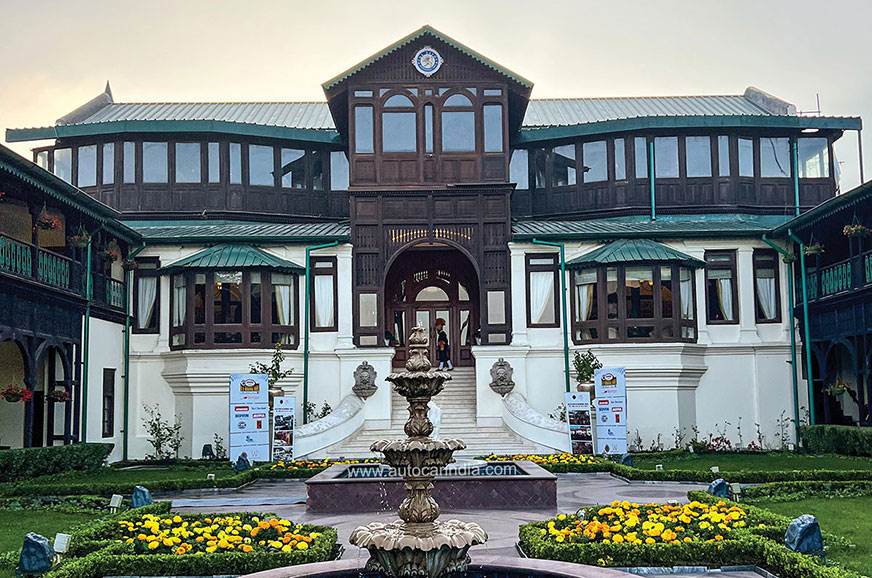
The drive to Mussoorie via Tehri dam and then to Kufri via Nahan, Sarahan and Chail brought back a flood of memories. These back roads were pure dirt track in the days of the Himalayan and today they are all tarmac. What hasn’t changed are the contours of the road and the rapid succession of bends and corners that bring out the rally driver in you. The drive finally ended in Manali, but I peeled off a day earlier from Kufri. The RS Q8 was a great companion, no doubt; but the real friends were those I met after 30 years, though it felt like it was just yesterday. That was the beauty of the Himalayan Rally, it was a unifying force for all motorsport lovers across the country.
https://ift.tt/3pBcMIi



